I tested a cheap Samsung Galaxy S22 Ultra lookalike, and now I prefer it to the real thing - ZTE Axon 40 Ultra
Two-minute review
Glance at the ZTE Axon 40 Ultra, and you might easily mistake it for Samsung’s top-end Galaxy S22 Ultra. It’s of a similar size and look, except for the logo and some deviation in the design of the camera bump.
However, the more time we spent testing for this ZTE Axon 40 Ultra review, the more we became aware of some rough edges here and there. The devil’s in the detail, as the saying goes, and the ZTE does suffer a few bugs in the software and camera departments.
But with a price that comes in way below that of Samsung’s flagship, and a feature set that (aside of the camera lineup) is actually pretty similar, there are likely to be many folk who find the ZTE better suited to their needs. Don’t write off this device just because it’s from a lesser-known company.
One of the key features of the ZTE Axon 40 Ultra is its under-display front camera. It means the selfie snapper doesn’t obstruct a section of the screen, because it’s actually hidden underneath it.
As such, this device is superb for viewing videos or playing games. However, the downside is the quality of those selfies, which appear to display a ghostly glowing aura; it might seem artistic had it been intentional. Self portraits taken with this device aren’t great either.
Also of note in the camera department is ZTE’s handling of the triple-lens camera on the Axon 40 Ultra. Unlike the Samsung, which includes five rear snappers, each with different lenses and sensors, ZTE has opted to feature the same 64-megapixel sensor on all three rear cameras. Clearly, when it comes to the quality of camera phones, ZTE is putting its eggs in the basket of “more megapixels equals better pictures”.
This doesn’t exactly play out in the real world, though, and it’s another area where the Axon 40 Ultra flags behind the competition. However, this is on comparing this device to high-price rivals, not other phones in its price range such as the iPhone 13, Samsung Galaxy S22 and Xiaomi 12. Compared to those rivals the Axon is good, although inconsistent.
In other areas, the phone feels impressive for its price. Design-wise, it’s exquisite, with a “waterfall” display that sees the edges curve dramatically – which means the Axon 40 Ultra feels super-comfortable in the hand. The large rear camera bump gives the phone a commanding look, without being so big as to make the handset unwieldy.
The display is fantastic, delivering for high resolution, large size, high refresh rate and support for over a billion colors. As a result of those screen specs and the lack of an annoying front-facing camera to get in the way, watching movies or TV shows on the Axon 40 Ultra proved a real treat.

The handset is also super-powerful, bringing many good times playing games on the device. However, as is the case with most phones using the Snapdragon 8 Gen 1 chipset, the Axon 40 Ultra was prone to heating up quickly.
If you’ve been looking for an affordable alternative to the Samsung Galaxy S22 Ultra, then ZTE Axon 40 Ultra is a better choice than the Galaxy S22 and S22 Plus, offering a similar design and lots of power.
There are a few rough edges – save for in the design, ironically, where the edges are all smooth – but this is a great Android flagship that delivers way more than its price would suggest.
ZTE Axon 40 Ultra price and availability
The Axon 40 Ultra costs $799 / £709 (roughly AU$1,200) for 8GB of RAM and 128GB of storage – a surprisingly low price given the specs and design on offer.
A version with 12GB of RAM and 256GB of storage comes in a fair bit pricier at $899 / £809 (around AU$1,430).
For context, the standard model of Samsung Galaxy S22 with 128GB of storage costs $799 / £769 / AU$1,249, while the iPhone 13 is a little bit pricier in some regions at $799 / £779 / AU$1,349. So, depending on where you live, the ZTE phone either matches or undercuts two significant rivals, despite offering a far more premium build.
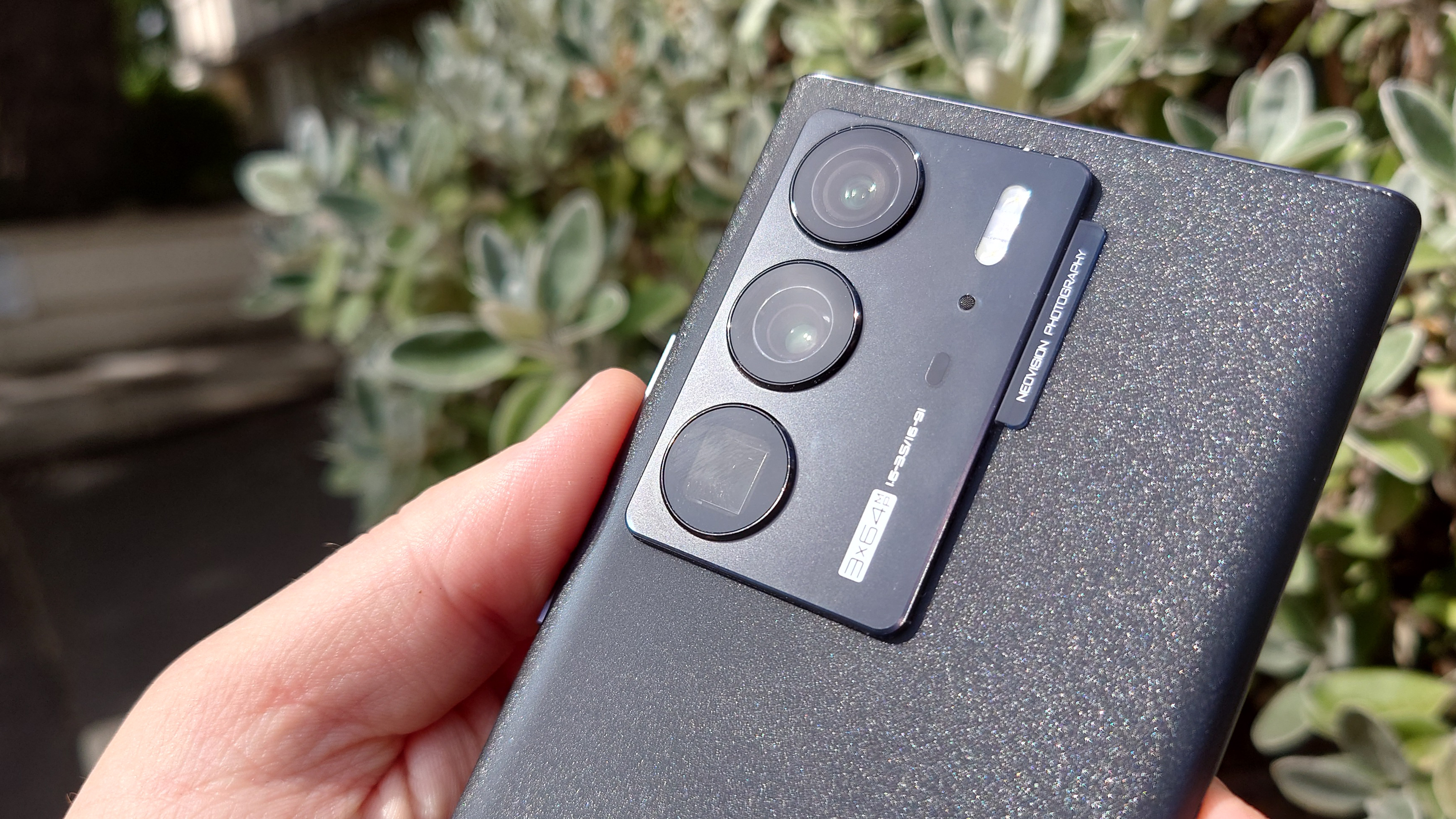
The phone launched in May 2022 in China, but only went on sale in June for the rest of the world. The device isn’t currently available in Australia.
- Value score: 4/5
ZTE Axon 40 Ultra design
From a distance, it would be fairly easy to mistake the ZTE Axon 40 Ultra for the Samsung Galaxy S22 Ultra – the handsets look almost identical, at least until you catch a glimpse of the “ZTE” logo on the former.
This means that like the Samsung device, the ZTE handset is large, measuring 163.3 x 73.6 x 8.4mm and weighing 204g. Expect it to stretch your hand.
Also like the Samsung, the ZTE features a “waterfall” display, which means it curves dramatically at the sides. Thankfully, such a design makes it comfier to hold in the hand, somewhat mitigating the awkwardness of its large overall size.

There’s a USB-C port, but no 3.5mm headphone jack – fairly common for top-end phones – and both the power button and volume jack are mounted along the right edge of the device. The former is just within reach; the latter, not so much.
A design feature that we perhaps prefer on the ZTE, compared to the Samsung, is the design of the back of the phone. The textured glass rear feels smooth to the touch, and the camera bump isn’t as much of a dust magnet.
- Design score: 4/5
ZTE Axon 40 Ultra display
The ZTE Axon 40 Ultra comes with a 6.8-inch display, which is the same size of display that features on the Galaxy S22 Ultra, and as mentioned, it’s a “waterfall” style, with edges that curve at the edges.
The difference is that the Axon has an Under-Display Camera (UDC), so the screen isn’t interrupted by a large notch or sizeable punch-hole. Instead, the camera sits under the screen.
This certainly elevates the experience of playing games and watching videos, with no annoying splotch getting in the way. However, on the flip-side, it does impact the quality of selfies, something we’ll cover in more detail in the “Cameras” section of the review.

The screen uses AMOLED tech and supports HDR10+ and over a billion colors, with a 1500 nits maximum brightness. As such, colors are bright and bold, with superb contrast.
In addition, the Axon’s 120Hz refresh rate is identical to that offered in the majority of top-end phones. It refers to the number of times the image updates each second; the higher the figure, the smoother motion is displayed.
- Display score: 4/5
ZTE Axon 40 Ultra cameras
Since we’ve mentioned it already, let’s first look at the ZTE Axon 40 Ultra’s front camera.
It’s a 16-megapixel f/2.0 snapper; but the specs don’t quite matter for an under-display camera. More important are the AI smarts that help the camera to “work” through the screen – and there’s clearly an issue here. Selfies look pretty horrible.


There’s a lot of halation in snaps taken with the front camera – this is basically where light spreads beyond where it’s meant to be – and some noticeable overexposure issues, too. Add to this that in many instances the AI overcompensates, and you get problems with oversharpening as well. All in all, we took very few selfies that we’d be happy to share with anyone (except in this review, of course).
In terms of the rear snappers, the Axon 40 Ultra offers three rear cameras, each with a high-res 64-megapixel sensor. It’s a valiant effort, but does it pay off? Not exactly.
The main camera has a f/1.6, 35mm lens with OIS. The ultra-wide sensor is a 16mm and f/2.4, while the final one has a 3.5mm periscope lens that’s f/3.5 and 91mm.
You won’t be taking 64-megapixel pictures with these cameras, however – unless you jump into the Settings menu to enable it. Instead, the phone uses pixel binning to take 12-megapixel snaps. Pixel binning basically combines camera pixels to create larger ones; read our guide on the tech here.
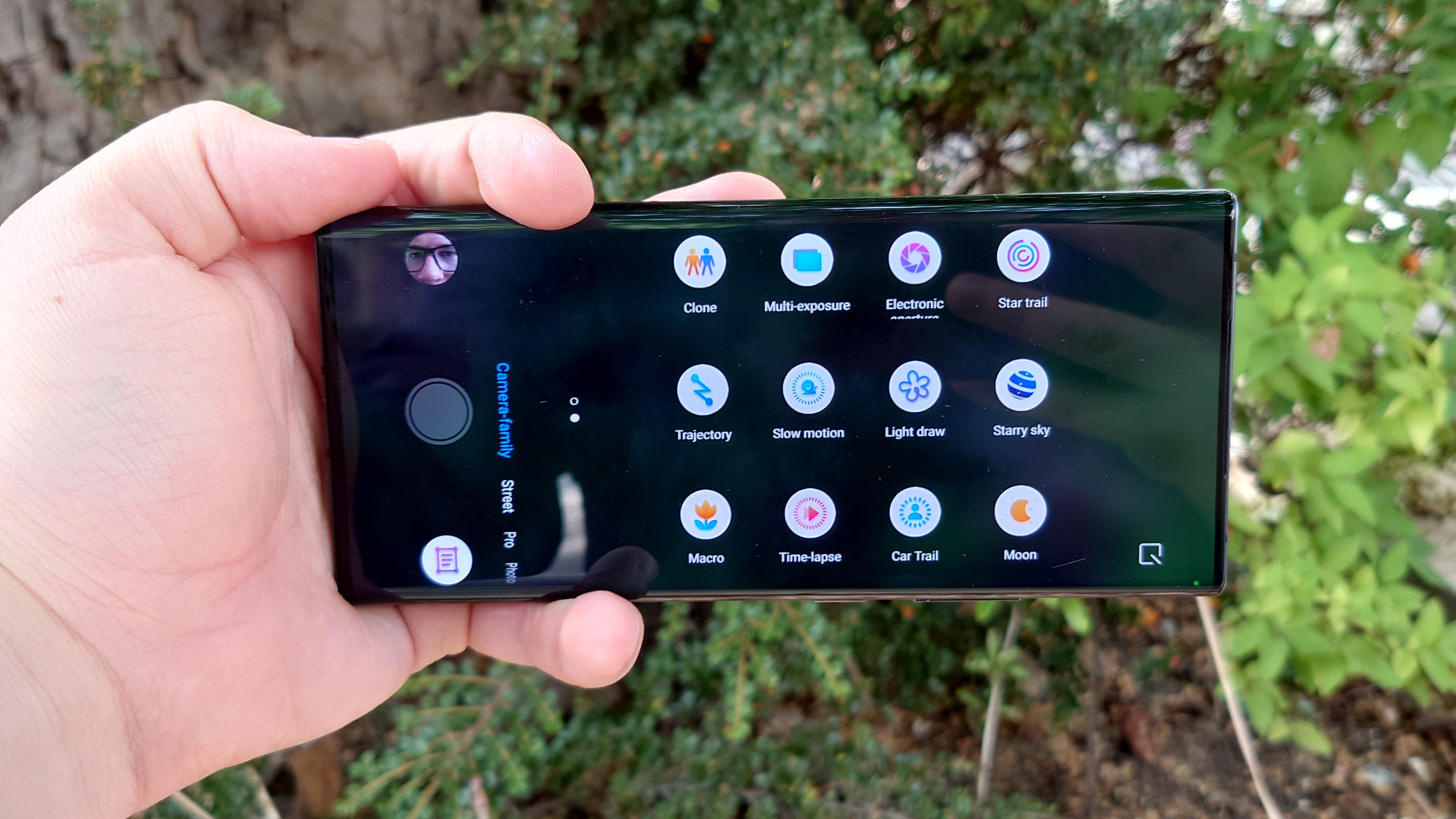
In well-lit settings, the main camera actually performed pretty well, although with inconsistent results. Likely thanks to the pixel binning, pictures could be bright with vibrant colors, and the huge lenses led to a more natural and attractive depth of field than on your standard smartphone camera photo.
When we talk about inconsistencies, we’re referring to the phone’s viewfinder. Pictures would sometimes look pixelated on the phone’s screen, or displaying oddly flat colors; but these issues generally wouldn’t show up in the resulting picture. Odd, but things could be worse.
On a positive note, there’s an absolute smorgasbord of extra camera features here. There are exposure, astrophotography, multi-exposure, macro, document scanning, multi-camera and monochrome photography modes, and dolly zoom, time lapse and slow-mo video modes, amongst many, many others. People who love playing around with smartphone camera modes will find the Axon a veritable playground.
One selling point of the phone and its triple 64-megapixel snappers is that, in theory, you can shoot 8K footage at a standard, ultra-wide or 3x zoom field of view (on any of the rear cameras). However, a weird bug meant that, any time we tried to use the telephoto camera at 8K, the camera app crashed.
- Camera score: 3.5/5
Camera samples





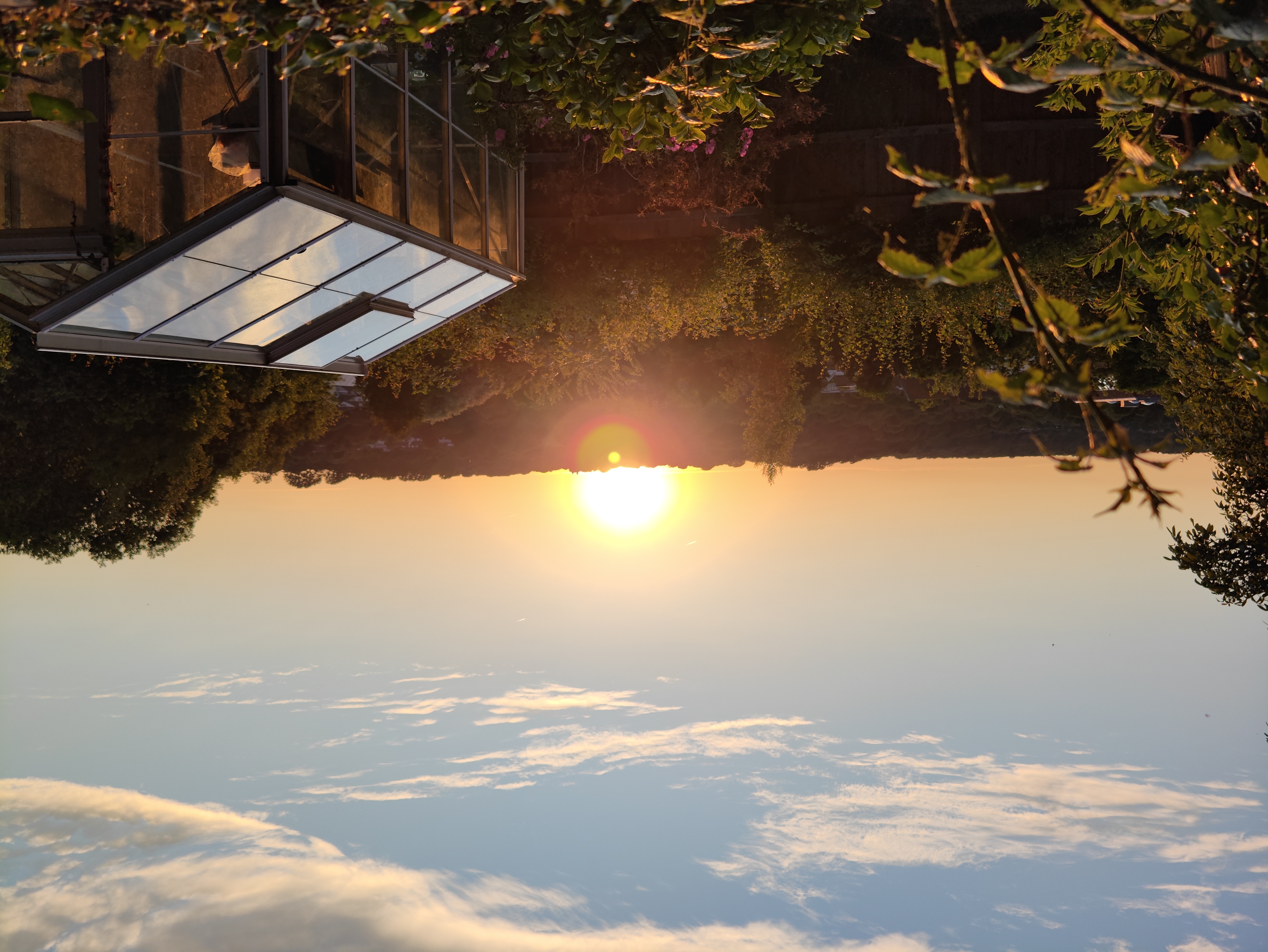

ZTE Axon 40 Ultra performance and specs
Like many premium phones you’ll find for sale in 2022, the ZTE Axon 40 Ultra uses Qualcomm’s top-end chipset, the Snapdragon 8 Gen 1. This is a super-powerful chip that’s great for gaming and other intensive functions. However, we’ve also found that it has an issue with overheating, something we’ve experienced on many of the handsets that feature the chip.
In benchmark tests, the Axon 40 Ultra beat the Sony Xperia 1 IV and drew with the Xiaomi 12, showing that it has plenty of power on tap for processing games or editing.
However, like those phones, it becomes hot quickly whilst you’re playing online shooters or doing intensive tasks – or even charging it or conducting benchmark tests, for example.
Still, you’d be hard-pressed to find a powerful phone in 2022 that doesn’t overheat at the drop of a hat.

As mentioned, the Axon is offered in two configurations: one has 8GB of RAM and 128GB of storage; the other bumps up the RAM to 12GB and the storage to 256GB. Lots of people prefer to opt for the higher storage allowance, but the price increase to do so might put off some buyers.
The phone is compatible with 5G networks, delivering access to the top data speeds – although your mileage with 5G will depend on your network and area.
- Performance score: 4/5
ZTE Axon 40 Ultra software
The ZTE Axon 40 Ultra runs Android 12, with MyOS 12 laid over the top – this is ZTE’s own fork of Android, one that’s less well-known than Samsung’s OneUI or Xiaomi’s MIUI.
Like most Chinese brand-built Android forks, the UI is fairly busy, with large app icons and very dynamic, artistic wallpapers. This isn’t necessarily a negative; it just depends on your design preference.
Some people may not like the presence of pre-installed apps (WPS Office, Booking.com and Facebook are already installed on the phone when you first boot it up). However, compared to many other phones we’ve seen, this is actually a refreshingly small amount of bloatware.
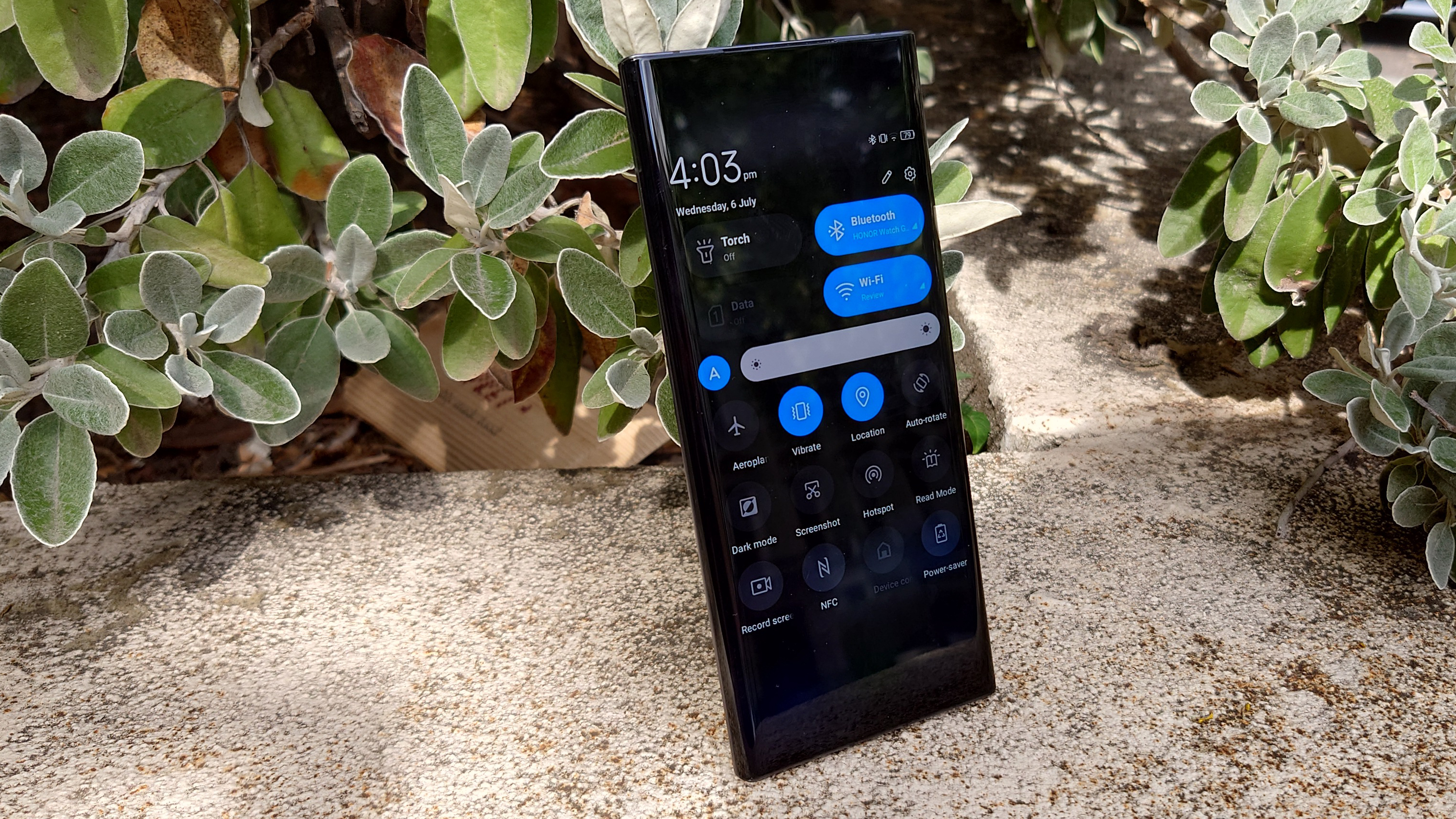
The more we used MyOS, the more we became aware of how accessible it is. When you swipe down for the quick settings menu, the icons are large enough to both convey information simply, and be easy to press and toggle. This phone would be great for people who struggle with small, fiddly on-screen functions.
Thanks to its powerful internals, the phone is super-quick for navigating between the menus and opening apps.
On occasion, we encountered a few bugs – a recurring one saw notifications only partially expanded and so the text was cut off – but these didn’t happen with enough frequency or severity to ruin the experience of using the handset.
- Performance score: 4/5
ZTE Axon 40 Ultra battery life
The ZTE Axon 40 Ultra doesn’t have the world’s worst battery life, but neither is it the best. We found that the 5,000mAh capacity unit would, at a stretch, last for a day; but this required careful use.
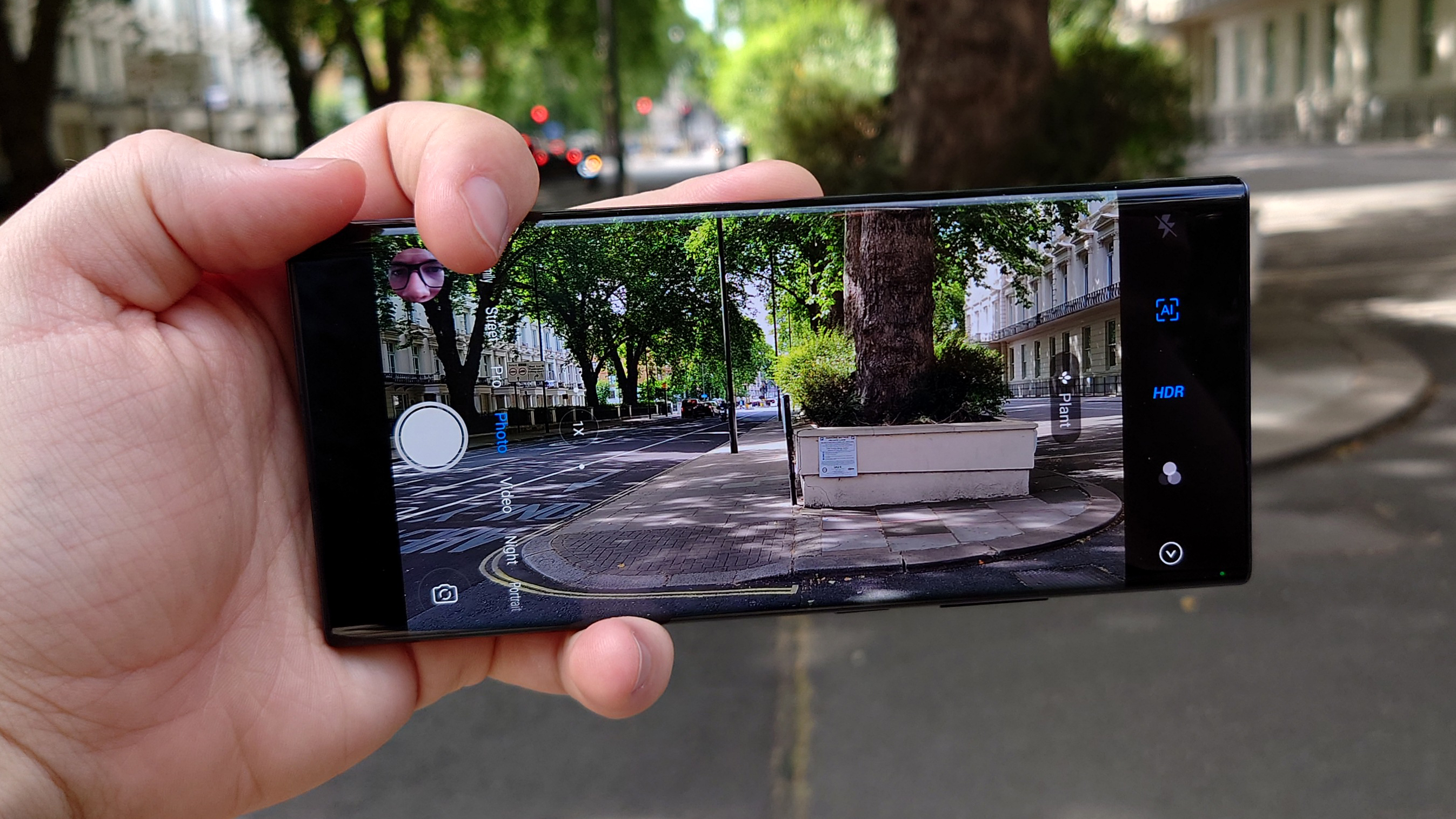
Long periods taking photos, or gaming, would see it fall short of making it through a full day, with use often having to resort to plugging it in during the evening.
However, the Axon’s quick-charge capabilities made up for this in part. The phone powers up at 65W, which is fairly fast – although nowhere close to the 80W or 120W delivered by some rival flagships. You can charge up from empty to full in about 40 minutes.
Unlike many other same-price flagships, there’s no wireless charging facility here; so don’t buy the Axon 40 Ultra expecting it to work on your charging pad.
- Battery score: 3.5/5
ZTE Axon 40 Ultra score card
| Attributes | Notes | Rating |
|---|---|---|
| Design | The ZTE Axon 40 Ultra feels premium to hold, and looks attractive too. | 4/5 |
| Display | With a good-looking curved display, the Axon is good for movies and games. | 4/5 |
| Performance | Boasting a high-end processor and lots of RAM, the ZTE is as powerful as you need a phone to be. | 4/5 |
| Camera | The ZTE Axon 40 Ultra's cameras are good... except its front-facing one, which is disappointing. | 3.5/5 |
| Battery | The ZTE won't impress or disappoint with its battery, though charging is nice and fast. | 3.5/5 |
| Software | The Axon 40 Ultra has a cleanish-looking fork of Android with big buttons that are easy to press. | 4/5 |
| Value | ZTE could have easily sold the Axon 40 Ultra for more than it did, making this a great-value flagship phone. | 4/5 |
Should I buy the ZTE Axon 40 Ultra?
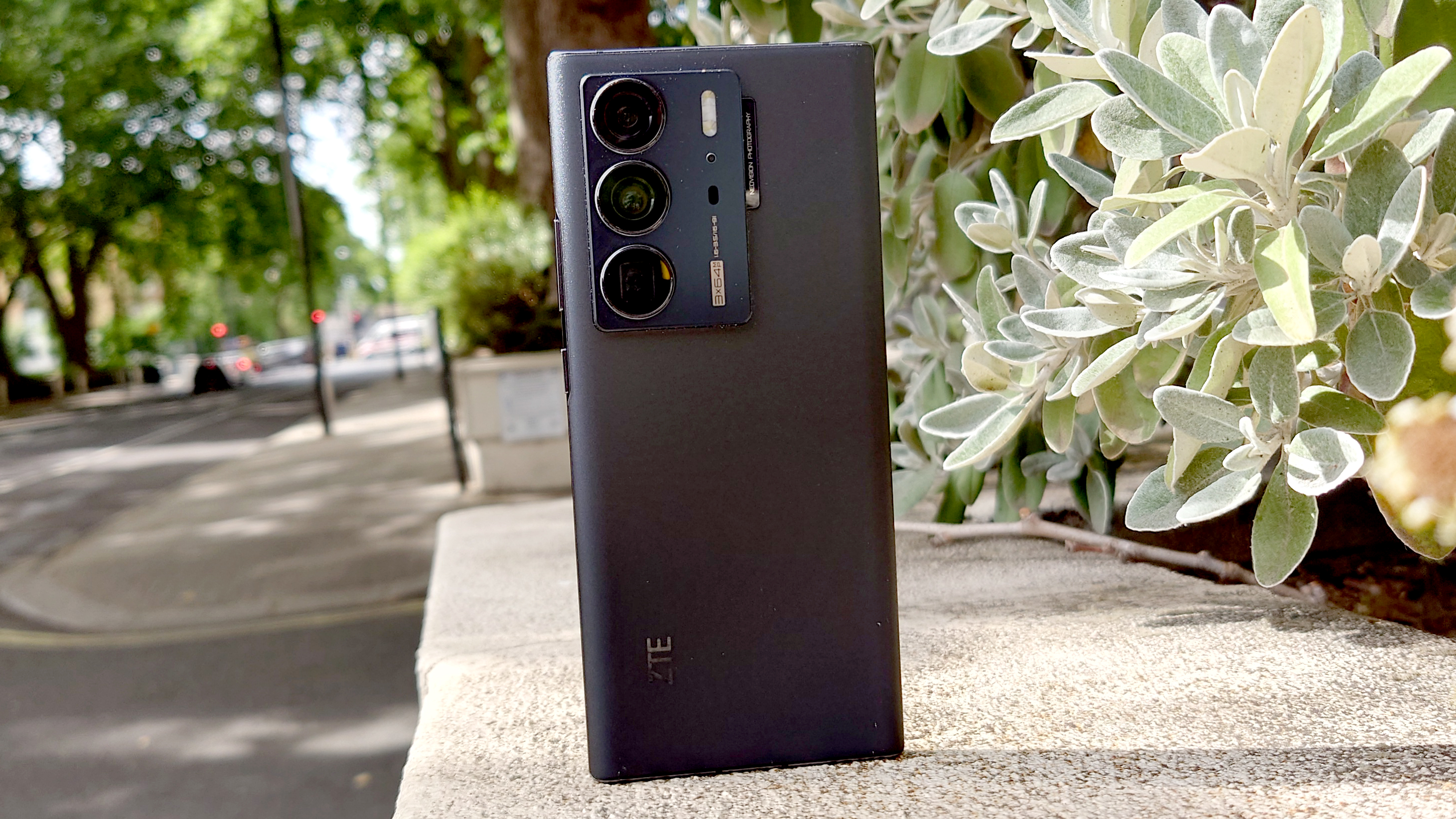
Buy it if...
Don't buy it if...
Also consider
Now you're read to the bottom of this ZTE Axon 40 Ultra review, here are a few other phones that might also pique your interest.
- First reviewed June 2022
0 comments:
Post a Comment